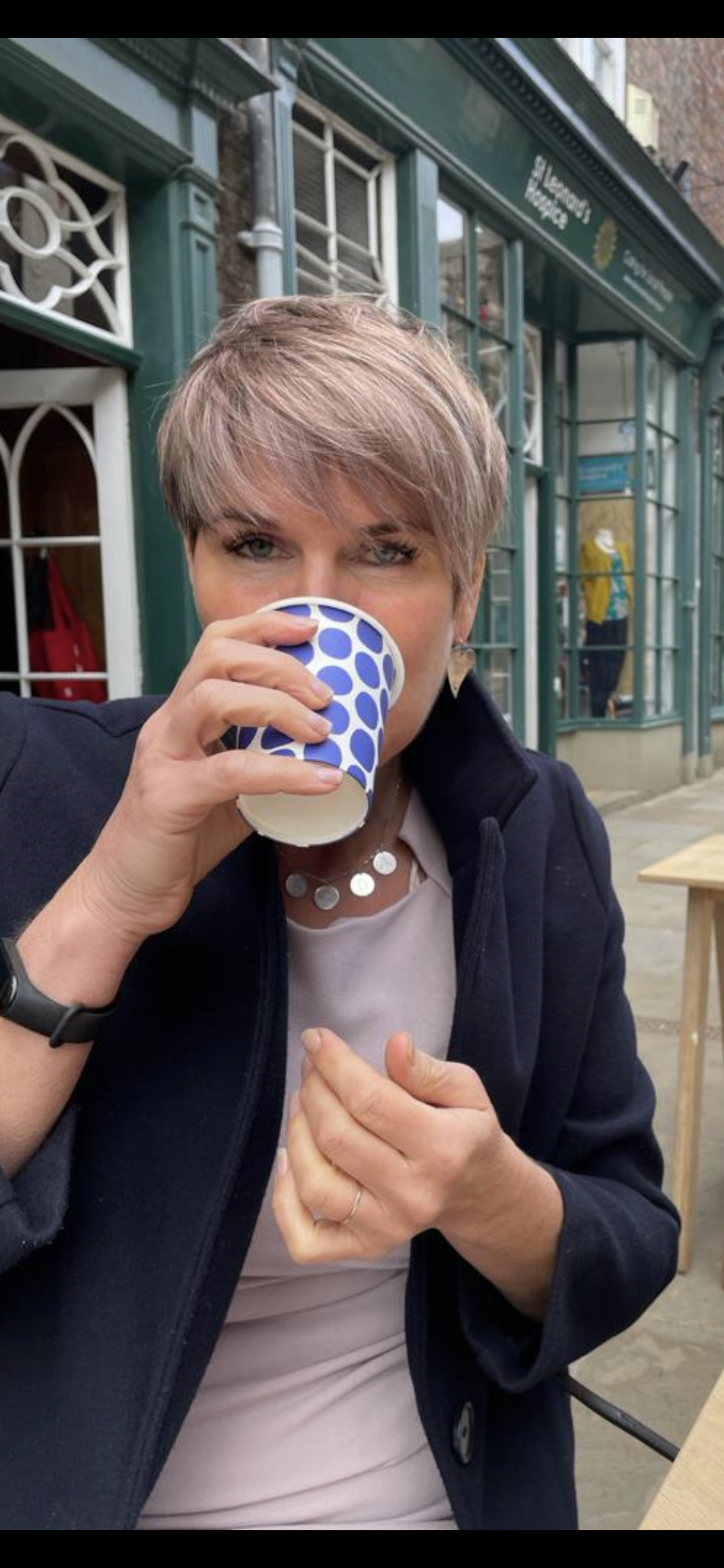Fulford Nursing Home – What we discovered by committing to research in a care home setting

ENRICHEnabling Research in Care Homes
GUEST BLOG
Fulford Nursing Home – What we discovered by committing to research in a care home setting
Elizabeth Hancock is the manager of Fulford Nursing Home, located in Fulford, York. Fulford first opened 22 years ago and is the last standing family-run home in York. Lizzie firmly believes that working with friends is essential and that it promotes best practices, as there’s always another set of eyes on things.
In this blog, I’d like to take you through some of the exciting benefits I’ve seen in getting Fulford involved in ongoing care home research.

You don’t know what you don’t know — filling the gaps with data.
You may have heard the phrase, “you don’t know what you don’t know.” For many care homes, it’s an apt one. Sometimes, we have gaps in our knowledge, holding us back from improving processes and enhancing well-being. But the problem is, we don’t even know what these gaps are. That’s where, as I’ve discovered, ongoing care home research can have a significant impact on residents, families, and staff.
Enter: ENRICH and the development of “Stop & Watch”
As an independent provider, it’s often far too easy to become isolated from the wider care home community. Slipping into a routine and doing things a certain way because “that’s the way we’ve always done them” becomes familiar and comfortable. But I wanted to push our team to improve, and I knew I had to find and fill our knowledge gaps. This led me to ENRICH, and a few weeks after joining, we signed up for our first in-home study. As we carried on doing what we do best, the research team worked tirelessly in the background collecting data. Collaborating with Enrich felt like a brave decision at the time — everyone involved has to be willing to act with both eyes and ears for it to have its hugely beneficial impact on quality. What followed was the development of “Stop & Watch,” a programme that helped us spot residents who needed more support. This lets us prioritise their care, improving their health and well-being in the process.
Stop & Watch:
- Stop & Watch is like an extension of the earlier “Better Health in Care Homes” study.
- It helped create an innovative way of working where every member of staff has input into each resident’s life.
- Twice daily huddles allow staff to congregate and hand over key information from night to day staff.
- If someone notices some small changes which might collectively signal a concern or a matter that requires attention, this can be addressed quickly and effectively.
After just one study, the benefits of professional research for both residents and staff became clear. We could test new ideas and finetune best practices by simply observing and uncovering opportunities for improvement. The success of the first study made us keen to do more. So, we did.
Safeguarding residents by studying CONTACT
The most exciting study we’ve taken part in so far is the one we’re doing now. It’s called the CONTACT study. In a nutshell, it tracks interactions between everyone within the walls of the home. This means, in the event of an infection (such as COVID or Norovirus), we can, at the push of a button, see who has been exposed to the risk of infection. Even during the study itself, we saw the benefits to the residents, the staff and the health system as a whole. When we had a couple of staff test positive just as restrictions were lifted, we could press a button and demonstrate who had spent time with who. This meant we had the evidence to prove that the two staff had not worked together and, therefore, the home wasn’t in an outbreak situation. This was a huge relief to me, but more so to my residents and their families. They were expecting the home to shut its doors, but we continued to welcome families in, and we could admit residents who were ready for discharge from other settings or from home.
In summary
If you’re considering a research study in your care home but can’t see how you’d find the time to get involved, take it from me: the benefits to residents and staff are worth every second.
Also, my residents want to be involved — they’re interested in how their involvement helps in the future, giving them a real sense of value and purpose. And while my staff sometimes think: “Oh, what’s Lizzie signed us up for now?!“, with every passing study, we’ve made a real, tangible difference to our residents’ well-being.
Today, Fulford is a better place to work — and a happier, healthier place to live — thanks to the ongoing efforts of ENRICH and the dedication of our staff to put new learnings into practice.